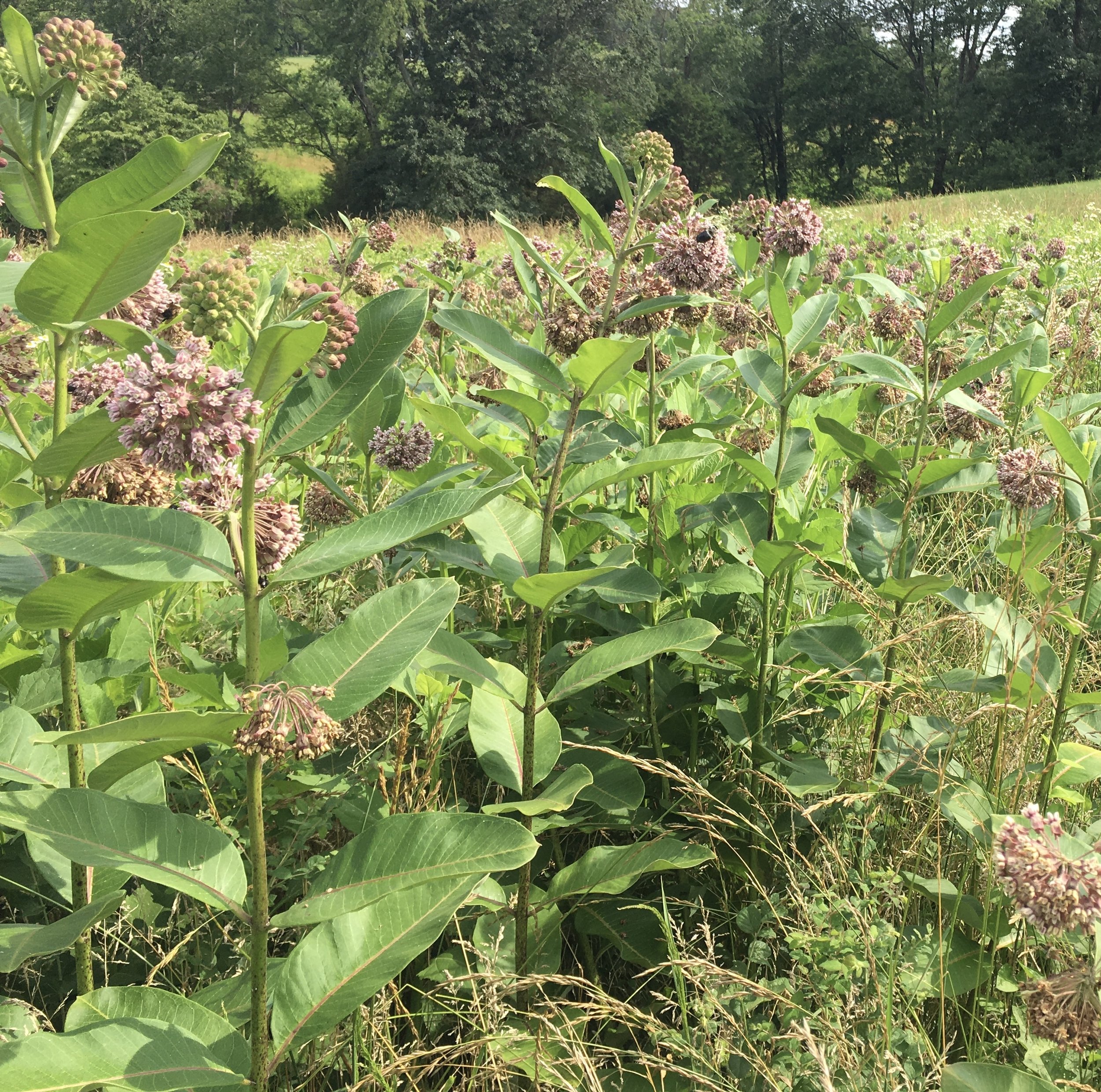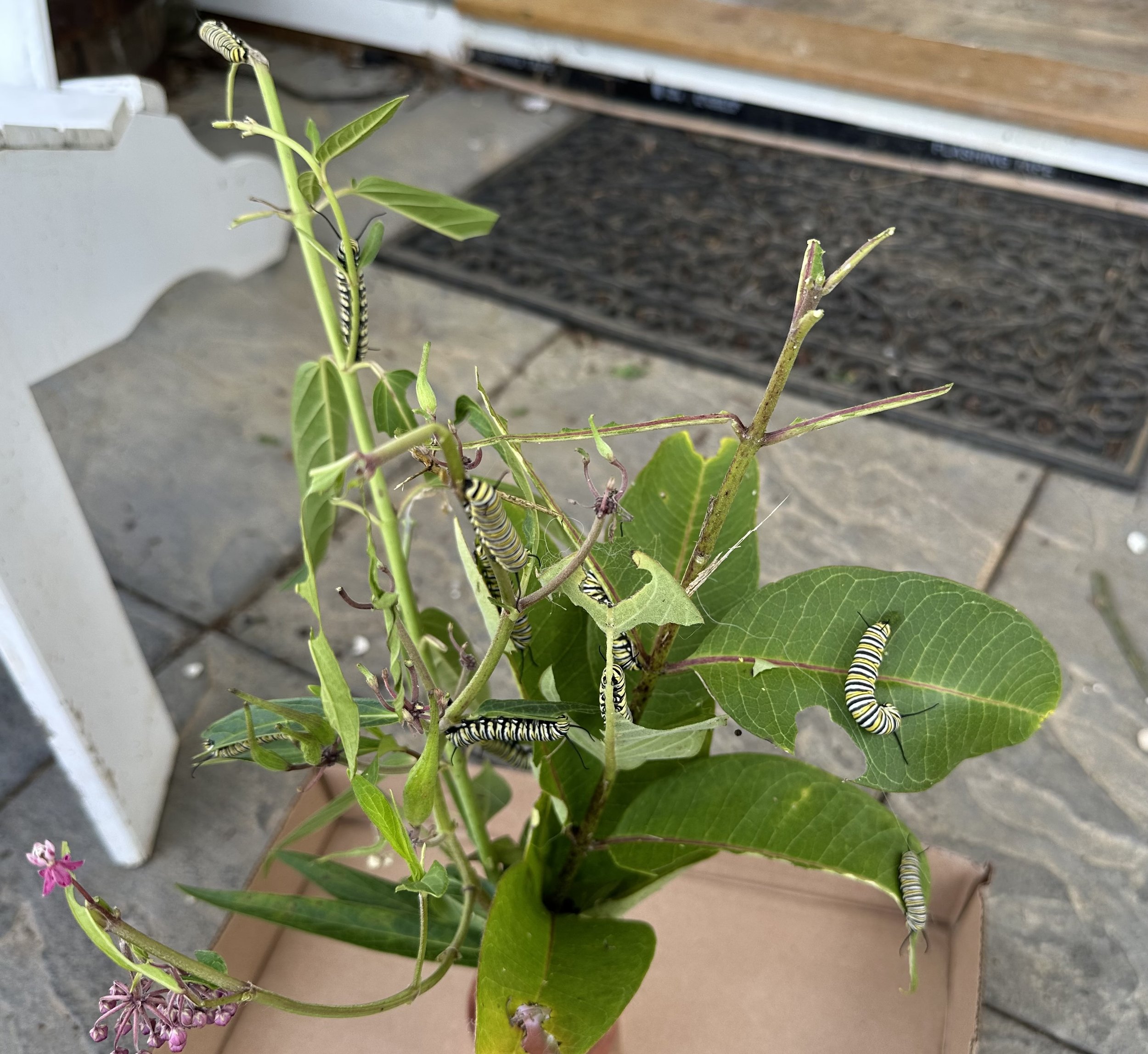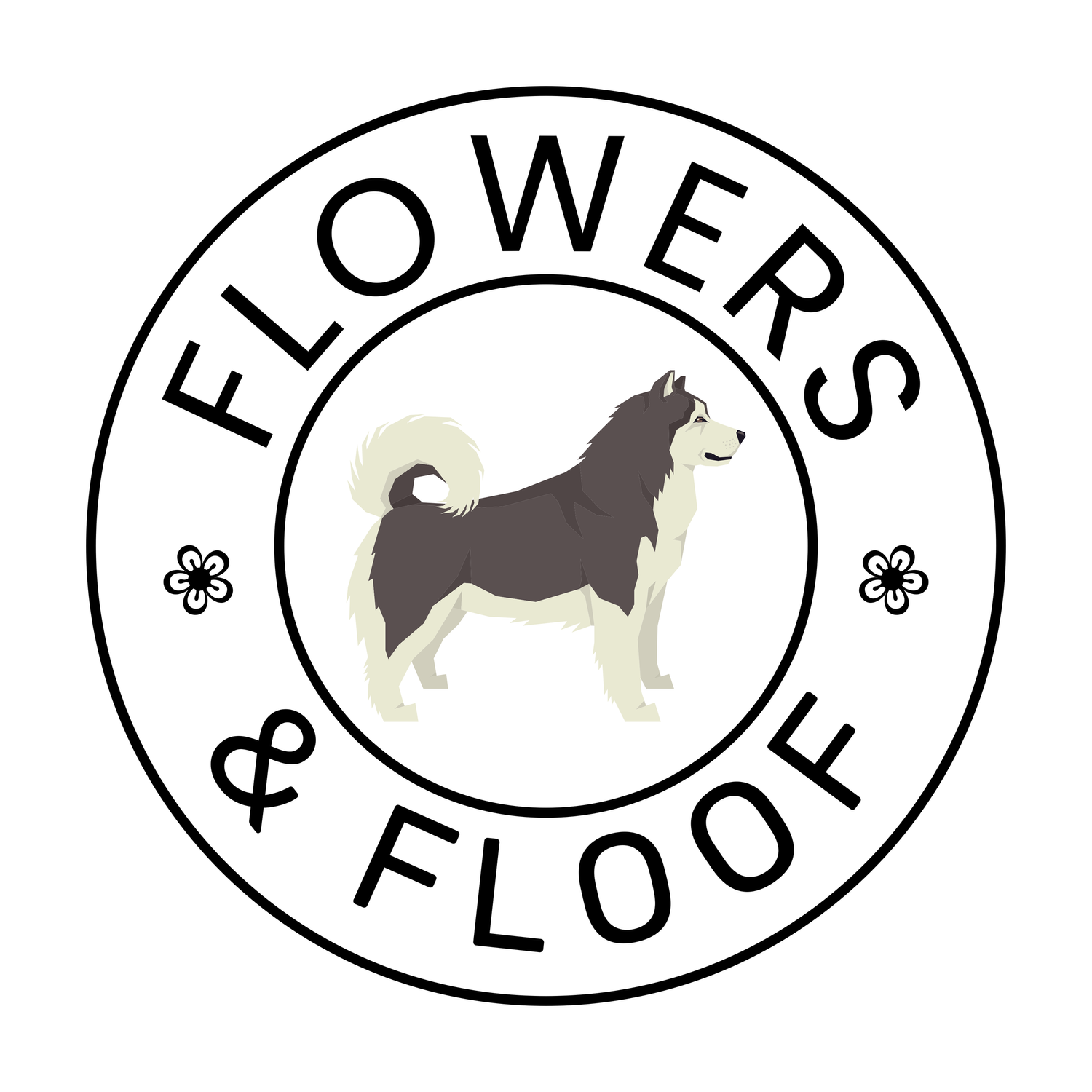 Image 1 of 2
Image 1 of 2

 Image 2 of 2
Image 2 of 2



Common milkweed
Latin name: Asclepias syriaca
Description: Native wildflower grown to attract butterflies and bees. Highly fragrant purplish flowers bloom on stalks up to five feet tall. Host plant for Monarch butterfly caterpillars. Can be planted by seed in the fall or transplanted outdoors after danger of frost has passed. Plant spreads by rhizomes so can be invasive in small areas. Prefers sandy, well-drained soil in full sun. Milkweed sap will cause skin and eye irritation so use caution in handling.
Maturity: may not bloom in its first year; nitrogen inhibits blooming so do not fertilize.
Perennial in zones 3-9.
Each seed packet contains 20 or more seeds.
Latin name: Asclepias syriaca
Description: Native wildflower grown to attract butterflies and bees. Highly fragrant purplish flowers bloom on stalks up to five feet tall. Host plant for Monarch butterfly caterpillars. Can be planted by seed in the fall or transplanted outdoors after danger of frost has passed. Plant spreads by rhizomes so can be invasive in small areas. Prefers sandy, well-drained soil in full sun. Milkweed sap will cause skin and eye irritation so use caution in handling.
Maturity: may not bloom in its first year; nitrogen inhibits blooming so do not fertilize.
Perennial in zones 3-9.
Each seed packet contains 20 or more seeds.
Latin name: Asclepias syriaca
Description: Native wildflower grown to attract butterflies and bees. Highly fragrant purplish flowers bloom on stalks up to five feet tall. Host plant for Monarch butterfly caterpillars. Can be planted by seed in the fall or transplanted outdoors after danger of frost has passed. Plant spreads by rhizomes so can be invasive in small areas. Prefers sandy, well-drained soil in full sun. Milkweed sap will cause skin and eye irritation so use caution in handling.
Maturity: may not bloom in its first year; nitrogen inhibits blooming so do not fertilize.
Perennial in zones 3-9.
Each seed packet contains 20 or more seeds.
Germination: seed requires cold stratification to germinate. Germinates in 2-3 weeks at 65-70 degrees. Eight to ten weeks before last frost, sow seed in small pots, plastic cups or cell trays in well-moistened seed starter mix; cover seed with 1/8 inch of soil and cover pot with plastic to keep soil moist. Cold stratify the planted seed in the refrigerator for two weeks before moving into a warmer area for germination. Transplant seedlings into 3-4” pots at 3-5 weeks to avoid root binding. Plant into garden or field after hardening and after all danger of frost has passed.
Prefers full sun.
Grows to 3-6 feet in height; space plants 18+ inches apart.
Prefers well drained soil; tolerates poor soil. Drought tolerant after becoming established. May be cut to the ground in the late fall.
